15th Feb 2024
In Bordeaux, it’s easy to spot the highest point within a commune because it will be blighted by a big, ugly water tower. If you’ve ever been to Haut-Brion in Pessac, you’ll know what I mean. In Saint-Émilion, that lucky estate is Troplong Mondot, where a beastly eyesore mars the otherwise breathtaking view for guests of its Michelin-starred Les Belles Perdrix Restaurant, without doubt one of Bordeaux’s finest restaurants. Well-situated at the apex of the limestone plateau, the estate is perched at 110 meters (360 feet) above sea level, making for a convenient landmark. If you need to get your bearings in the region, just look for Troplong Mondot’s water tower.
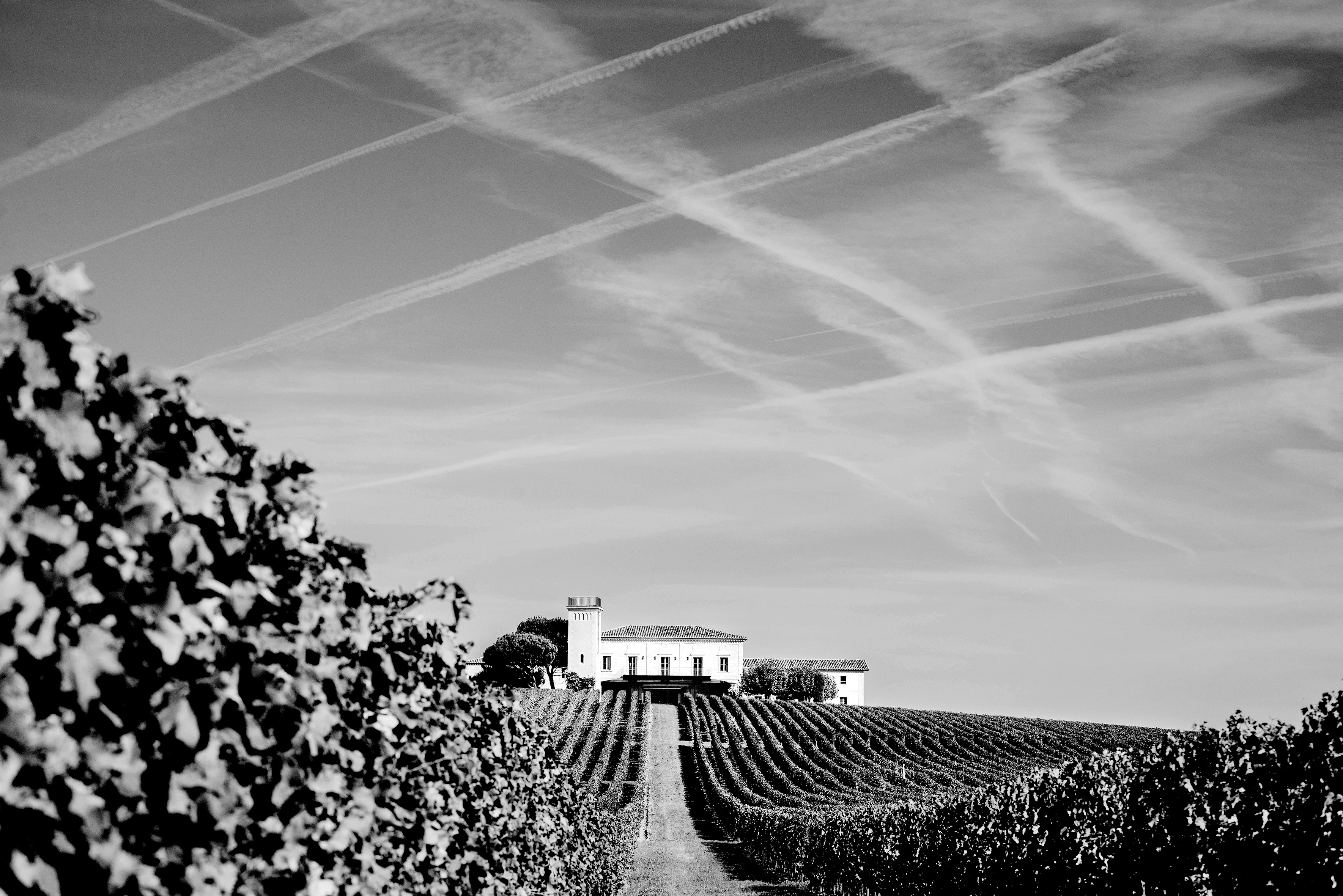
High Ground
During the early 20th Century, Troplong Mondot was owned by Georges Thienpont, Jacques Thienpont’s (owner of Le Pin) grandfather. However, financial difficulties in the 1930s forced him to sell. In 1936, the estate was bought by Alexandre Valette, a wine merchant from Paris. In 1980, his great-granddaughter, Christine Valette, and her husband, Xavier Pariente, took over the estate.
During Christine and Xavier’s extensive period of ownership, many positive changes were made at the estate, including restructuring the vineyard, a return to hand-harvesting, and employing Michel Rolland as a consultant. Château Troplong Mondot was promoted to Premier Grand Cru Classé in 2006.
The wines were of a big, rich, opulent style that has become increasingly polarizing for modern consumers and critics alike.
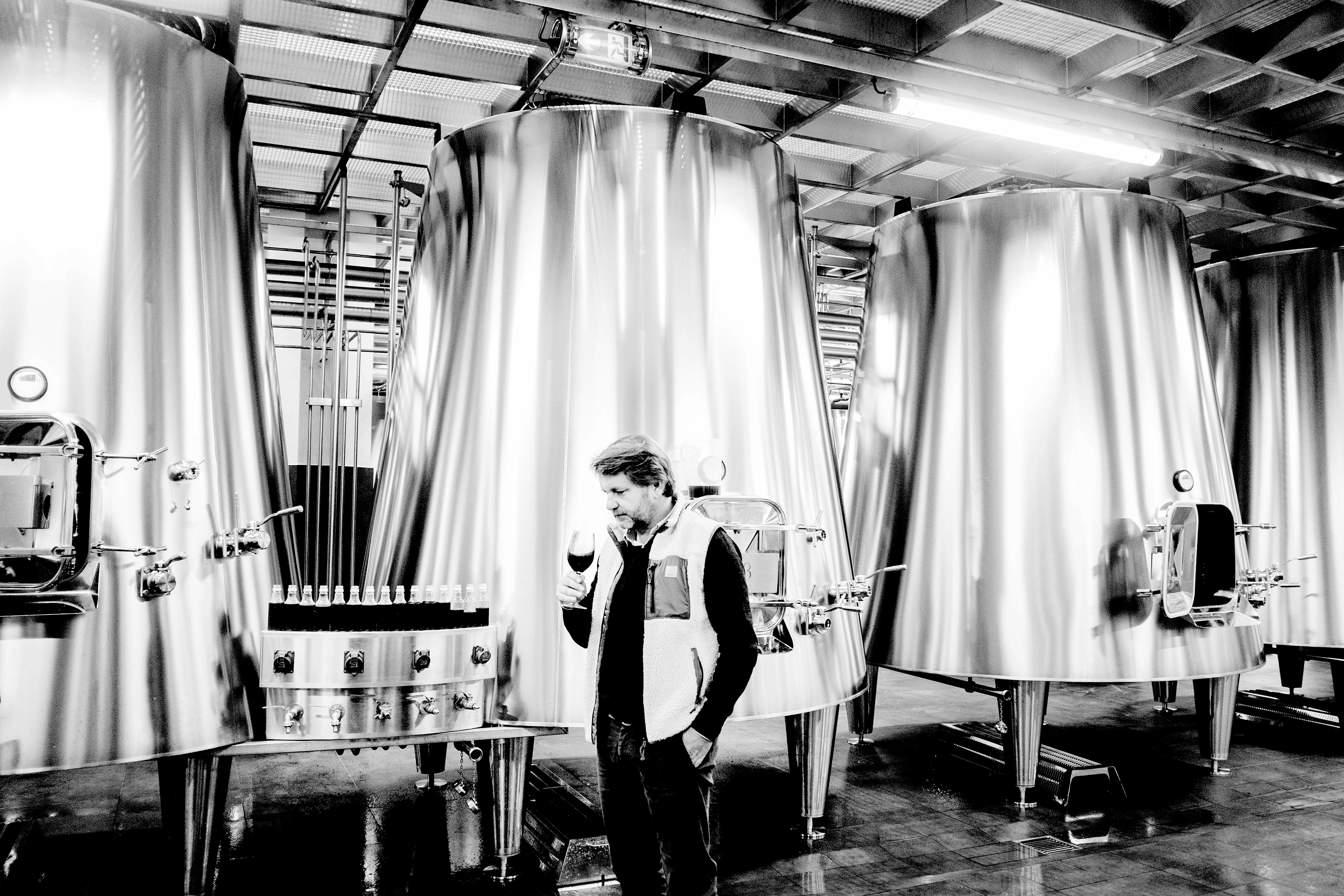
In July 2017, Christine Valette sold the property to the French reinsurance company SCOR group. In a shockingly swift move, the new owners poached the managing director of Château Cos d’Estournel, Aymeric de Gironde, appointing him CEO of Troplong Mondot.
“I arrived at Troplong Mondot on the first day of harvest in 2017,” recalled Aymeric. “My philosophy is that you harvest precisely at the right moment. The differences in our soils at this estate are significant. We want to emphasize the differences, and so we need to harvest precisely to do this. We were lucky that it wasn’t a very warm year in 2017, so it was easier to make the change. We could take our time. Being mainly on a slope, Troplong Mondot saw hardly any frost in 2017—less than 10%, which was also fortunate. The one thing I couldn’t control in 2017 was the use of oak because the barrels had already been purchased.”
Soon after the purchase, SVOR increased the 27-hectare vineyard by 10 hectares with the purchase of land from neighboring vineyards (four hectares from Clos Labarde and six from Bellisle Mondotte).
“We had 27 hectares before 2017 when we purchased two adjacent properties of 10 hectares,” Aymeric explained. “So, now 95% of Mondot (Troplong Mondot’s ‘second’ wine) comes from the new sections as well as some declassified fruit from the original section. Mondot is 100% Merlot and 100% from limestone. Troplong Mondot has much more diverse soils. The heart of Troplong is clay interspersed with flint over limestone.”
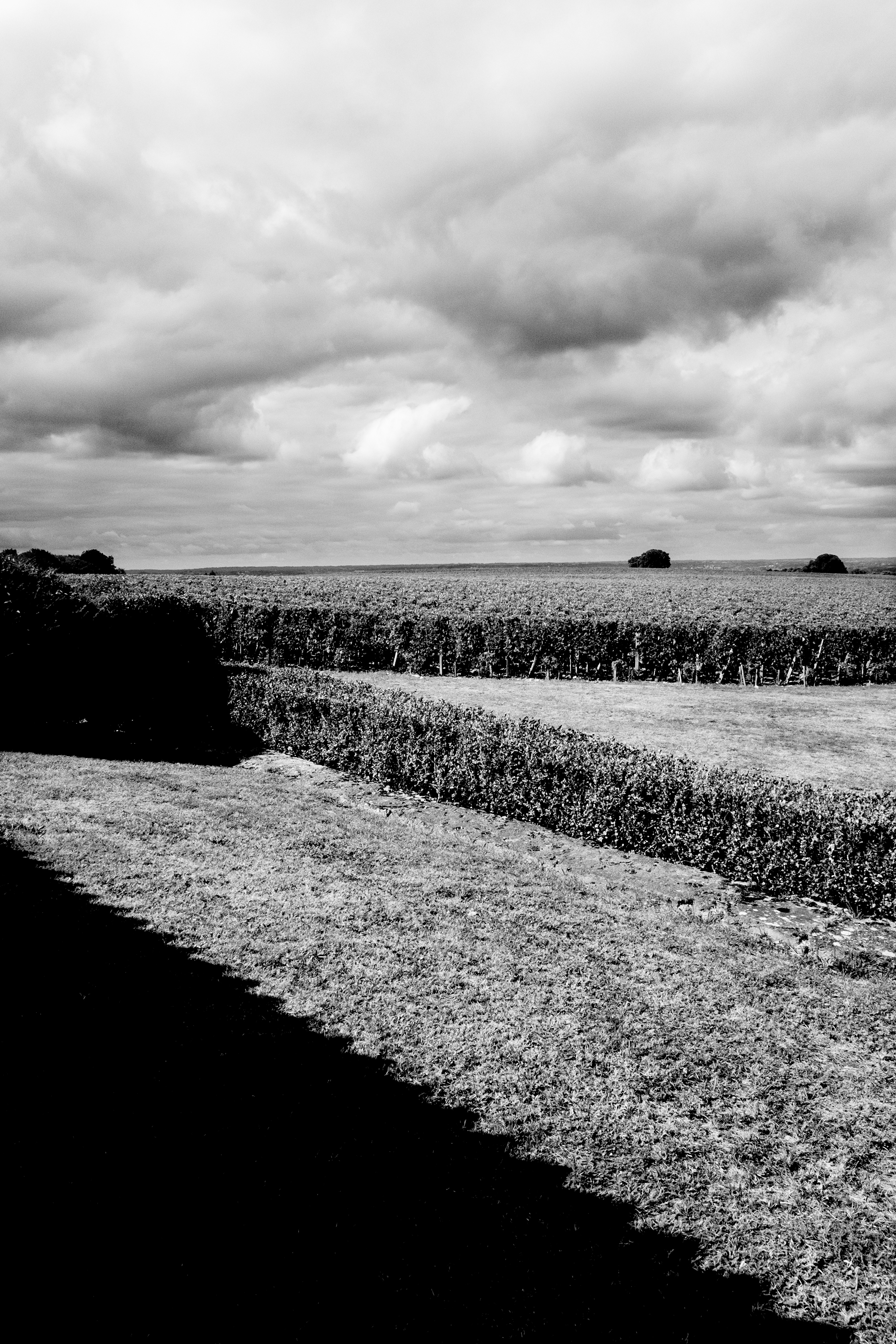
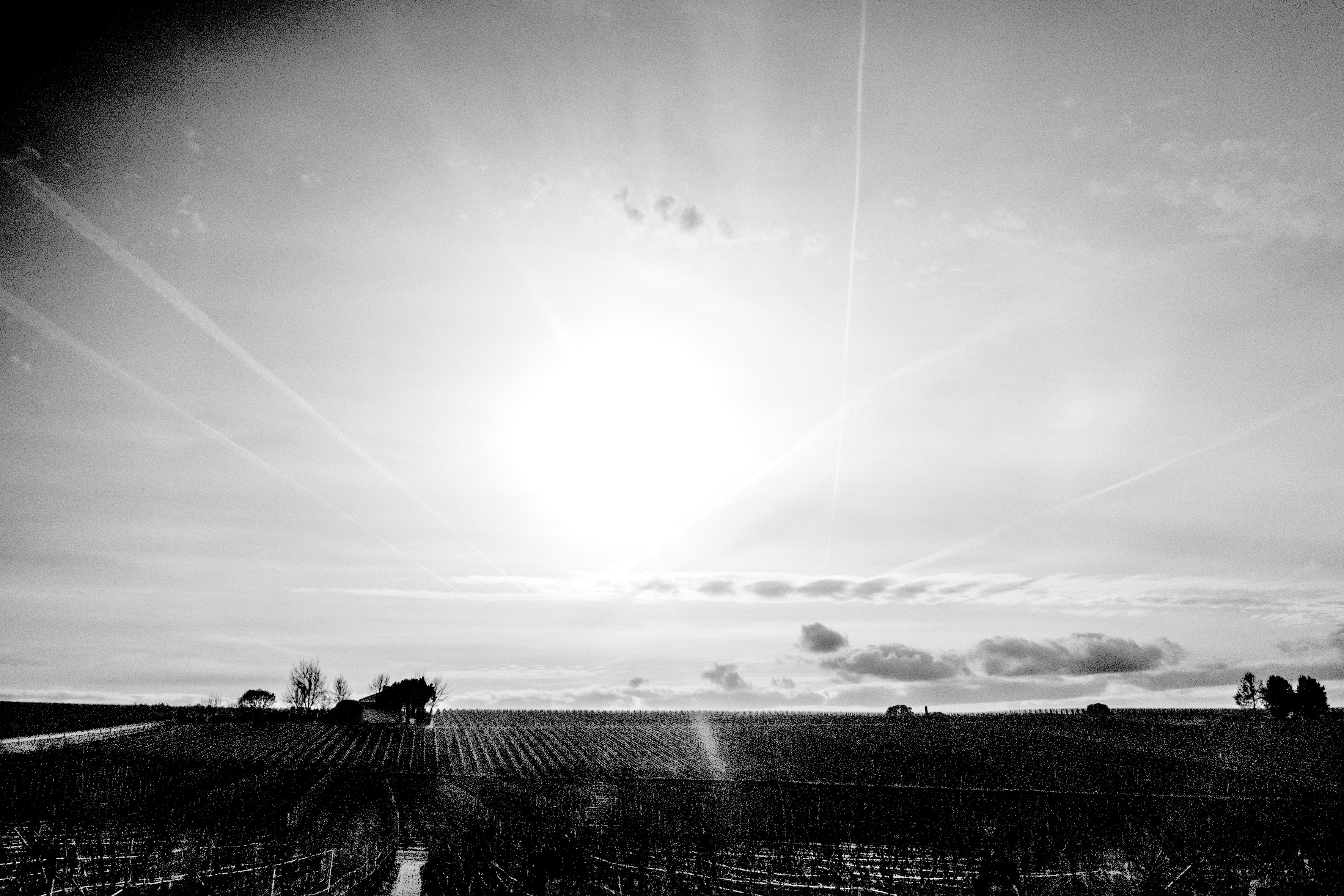
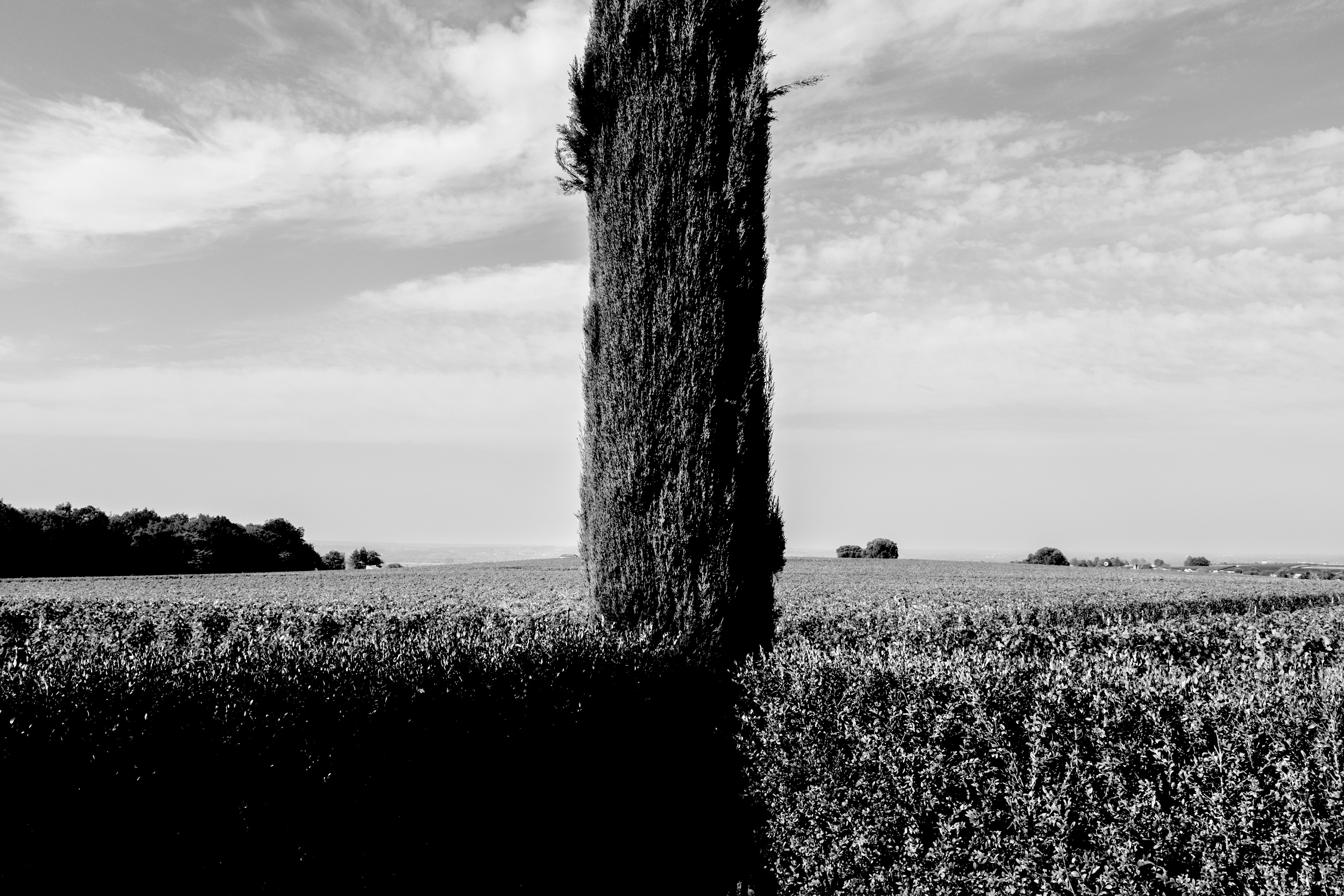
Today, this vineyard is just under 37 hectares in size (around 90 acres), roughly planted to 90% Merlot, 8% Cabernet Sauvignon, and 2% Cabernet Franc.
“In the 1980s, there was about 10% Cabernet Sauvignon and 10% Cabernet Franc planted here,” said Aymeric. “But it was not in the right spots. They were lower on the hill. Christine Valette restructured the vineyard and planted them higher up the hill, which was a better position.”
The change in style at Troplong Mondot since 2017 has been dramatic.
Aymeric’s first major project was to oversee the construction of a new winery and cellar, doubling his workspace and giving him the state-of-the-art technical means to be more precise. Another significant change was that Michel Rolland was replaced by consultant Thomas Duclos, who tends to focus less on ripeness in favor of freshness. The change in style at Troplong Mondot since 2017 has been dramatic, although to say this is simply down to earlier harvesting and producing wines with less alcohol oversimplifies the transformation. And while the first vintage produced by Aymeric walks a narrow ripe/under-ripe line, the vintages produced since better express the ripeness sweet spot and precision he seeks.
"We’re looking to maintain purity and freshness throughout the winemaking," said Aymeric.
“After harvesting, the fruit is kept in a cool room overnight, prior to destemming. Our fermentation temperature never goes about 26 degrees C. From 2019, we stopped doing malo-lactic in barrels, which further helps preserve the freshness.”
Other changes include putting off sulfur additions until after fermentation and decreasing the use of new oak while using some larger vats and amphorae for aging.
Aymeric’s 2019 and 2020 vintages begin to reveal the fresh, shiny new face of Troplong Mondot: energetic while maintaining a taut structure and many intense layers. Low pH/refreshing acidity has long been a signature of the terroir, even in hot vintages like 1983, 2003, 2015, 2018, and 2022. This helps to offset the generosity that the terroir naturally wants to give, albeit with Aymeric’s adeptly crafted shimmer. Proving that sometimes it pays to take the high ground, this is an estate to watch!
-
Article & Reviews by Lisa Perrotti-Brown
Photography by Johan Berglund

PRODUCERS IN THIS ARTICLE
> Show all wines sorted by scoreMore articles
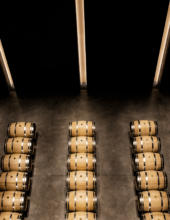
Bordeaux 2023 Vintage Report and Reviews from Barrel
09th May 2024
649 tasting notes
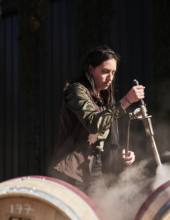
Cathiard Vineyard New Releases
02nd May 2024
3 tasting notes
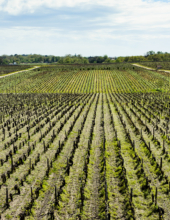
Bordeaux 2023 Preliminary Vintage Report and Reviews from Barrel
29th Apr 2024
56 tasting notes
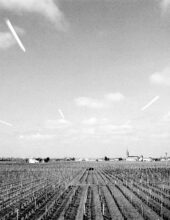
2021 Bordeaux in Bottle and A Modest Proposal
24th Apr 2024
599 tasting notes
Show all articles